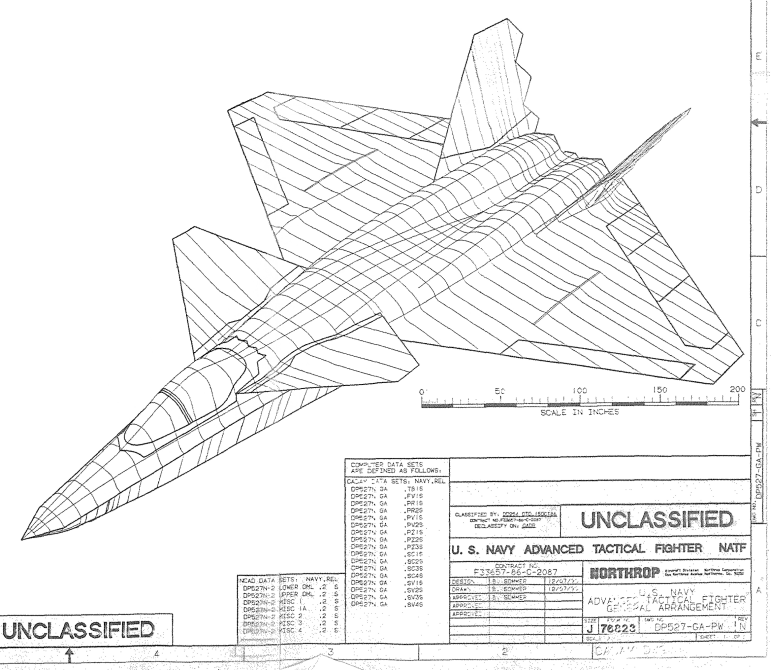plawolf
Lieutenant General
A flying scale model proves nothing of the sort, and distant coupled active canards for primary pitch control will increase your RCS from the frontal aspect. The only true measure of RCS is the Radar return from your full scale prototype, anything else is conjecture.
From a conceptual stand point, there is nothing inherently unstealthy about canards.
Think about it, there is going to be small RCS spikes no matter what control surfaces you use, and it is perfectly possible to have a 'stealth mode' for canard fighters, whereby the FBW computer would limit the movements of the canards to minimise RCS.
You sacrifice some agility for enhanced RCS, which is no trade-off at all really, because if you are moving your canards enough that they give off a meaningful RCS spike, chances are your entire airplane is going to be making some pretty extreme manoeuvres that will increase your RCS by an order of magnitudes larger degree to the point where the small increase in RCS from canard movements is all but meaningless.



